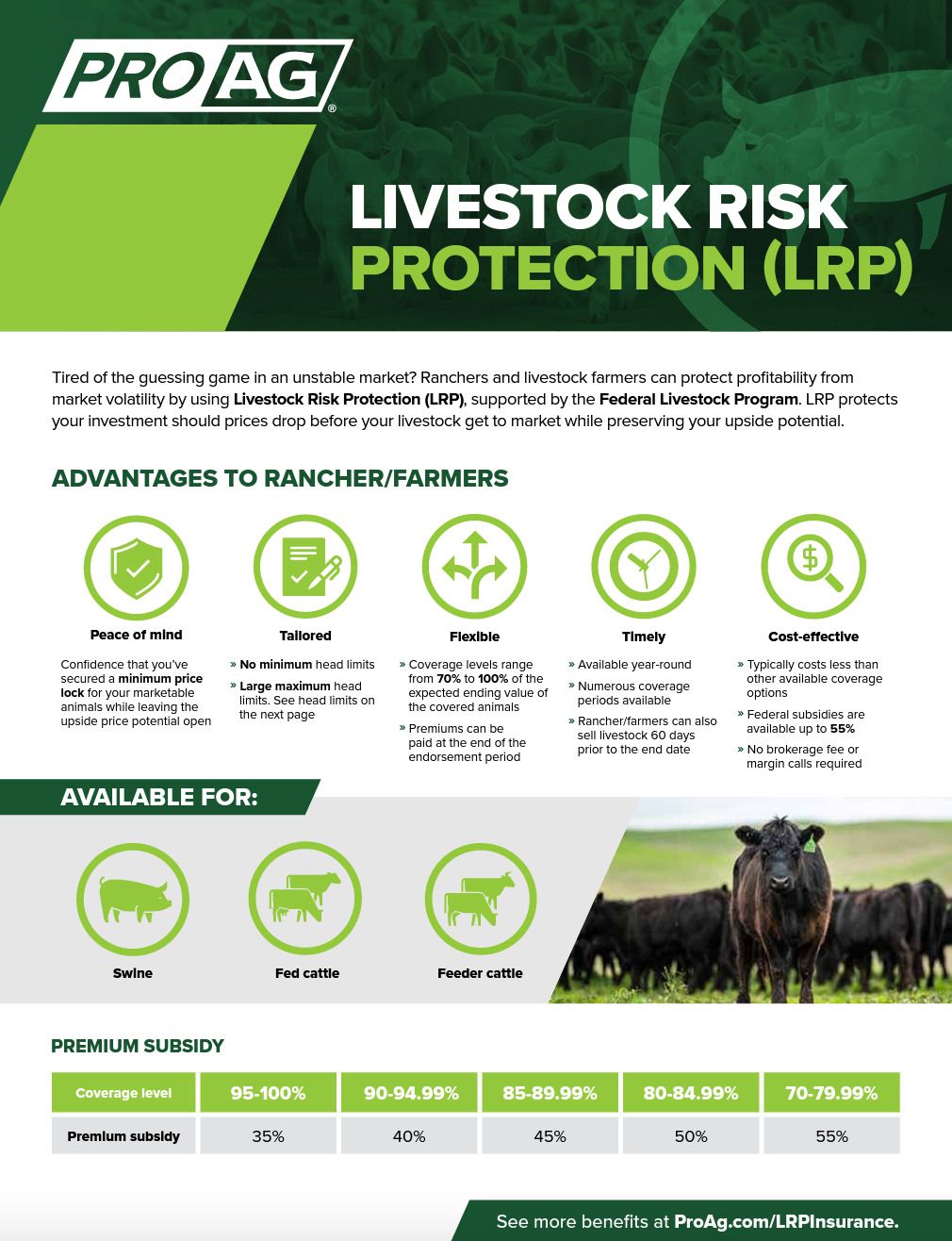Expert Assistance on Danger Analysis and LRP Insurance Policy Solutions

The Importance of Threat Analysis
Reliable risk evaluation is fundamental in the decision-making procedure of any organization, assisting calculated preparation and source allowance. By methodically recognizing, examining, and focusing on prospective risks, businesses can prepare for obstacles, profit from possibilities, and make notified options to achieve their purposes. Threat evaluation allows organizations to proactively deal with vulnerabilities, minimize hazards, and maximize their danger management approaches.
Among the essential advantages of threat assessment is its duty in improving functional efficiency. By recognizing the prospective risks that might affect various elements of business, companies can enhance processes, allot resources better, and minimize the possibility of pricey interruptions. Risk evaluation makes it possible for business to abide with regulative demands, safeguard their credibility, and construct count on with stakeholders.
Comprehending Possible Losses
To grasp the effect of risk evaluation, it is imperative to comprehend the prospective losses that can significantly impact an organization's procedures and monetary security. Possible losses can emerge from various sources, including natural disasters, economic recessions, operational failures, governing adjustments, and cybersecurity violations. These losses can cause straight prices such as residential or commercial property damage, legal expenses, and fines, in addition to indirect expenses like reputational damage and loss of market share.
Comprehending prospective losses entails performing a comprehensive analysis of the risks that could materialize and estimating the monetary effect they may have on the company. By evaluating these prospective losses, services can prioritize risk mitigation initiatives and allocate resources effectively. A thorough understanding of prospective losses enables companies to make informed choices when choosing risk monitoring techniques, such as purchasing insurance policy coverage or applying danger control measures.
Fundamentally, by recognizing and understanding prospective losses, companies can proactively handle risks and secure their long-term sustainability and success.
Function of LRP Insurance Solutions
The assimilation of LRP insurance remedies within an organization's threat management structure boosts durability and strengthens financial stability versus unexpected difficulties. LRP, or Loss Recovery Item, insurance options play an important duty in reducing the effect of possible losses by providing monetary defense and support in times of dilemma. These insurance policy remedies are customized to meet the specific needs of services, supplying coverage for various dangers such as building damages, service interruption, obligation claims, and extra.
LRP insurance policy click this link options aid companies navigate challenging circumstances by supplying a safety and security net that enables them to recuperate and jump back from troubles. By moving the economic threat to an insurance service provider, companies can concentrate on their core operations with greater comfort, understanding that they are secured versus substantial monetary losses. Additionally, LRP insurance solutions can improve an organization's danger monitoring approach by supplementing existing risk mitigation steps and making certain detailed protection throughout all areas of potential vulnerability - Bagley Risk Management. In general, the role of LRP insurance solutions is important in guarding services and advertising long-lasting sustainability.
Identifying Key Risks
In the process of threat evaluation, a crucial action involves recognizing essential risks that have the prospective to impact an organization's operations and economic stability. Recognizing essential threats requires a thorough assessment of internal and outside elements that could position threats to the company's objectives. Interior threats may include functional inefficiencies, conformity problems, or personnel look at these guys challenges, while outside threats can encompass economic slumps, governing changes, or natural catastrophes.

Furthermore, key dangers must be routinely examined and upgraded to straighten with the dynamic company atmosphere. This aggressive strategy enables organizations to remain in advance of possible threats and protect their long-lasting success.
Choosing the Right Protection
Having actually recognized the vital threats that can impact an organization's operations and financial stability, the following essential step involves very carefully choosing the ideal protection to effectively take care of and alleviate these dangers. Companies require to consider their specific danger direct exposure, economic abilities, and critical purposes when it comes to selecting the appropriate protection. It is important to perform a complete evaluation of the offered insurance policy choices to make certain that the selected insurance coverage straightens with the company's risk monitoring goals.

Organizations ought to function very closely with seasoned insurance coverage experts to evaluate their danger profiles and identify the most appropriate insurance products to resolve their check here demands. Tailoring insurance protection to details risks can assist maximize protection while lessening unneeded costs. Additionally, companies need to review policy terms and problems thoroughly to understand the degree of insurance coverage offered and any type of possible exemptions that may impact their danger reduction approaches.
Conclusion
In conclusion, risk assessment is crucial in recognizing prospective losses and choosing the best LRP insurance remedies. Professional assistance can aid browse the complexities of danger evaluation and insurance remedies, supplying companies with the necessary devices to efficiently take care of and alleviate risks.
Specialist assistance plays a pivotal function in this process, supplying important insights right into identifying and evaluating threats, as well as strategically picking proper insurance protection tailored to alleviate those risks effectively. A comprehensive understanding of prospective losses enables companies to make informed decisions when choosing danger management approaches, such as buying insurance policy coverage or carrying out threat control steps.

Comments on “The Basic Principles Of Bagley Risk Management”